Hamas guerilla tactics raise spectre of forever war for Israel
By using hit-and-run tactics and smaller groups of fighters, Hamas is showing it can fight ‘for months, if not years’.
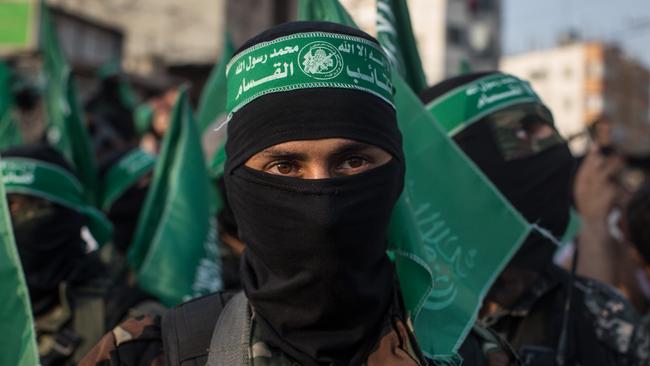
Seven months into the war, Hamas is far from defeated, stoking fears in Israel that it is walking into a forever war.
The US-designated terrorist group is using its network of tunnels, small cells of fighters and broad social influence to not only survive but to harry Israeli forces. Hamas is attacking more aggressively, firing more antitank weapons at soldiers sheltering in houses and at Israeli military vehicles daily, said an Israeli reservist from the 98th commando division currently fighting in Jabalia.
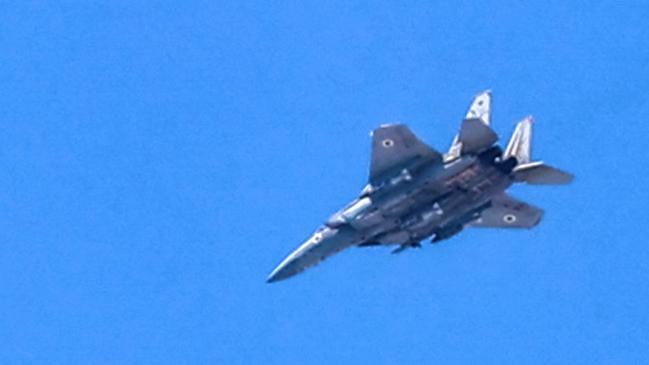
Hamas’s resilience poses a strategic problem for Israeli Prime Minister Benjamin Netanyahu, who says a key war aim is the total destruction of the Palestinian Islamist group. Concerns have grown within Israel, including in the security establishment, that Israel has no credible plan for replacing Hamas, and whatever achievements the military has won will be diminished.
As Israel’s military moved tanks and troops into Rafah, which it had billed as Hamas’s last redoubt, Hamas launched a series of hit-and-run attacks on Israeli forces in northern Gaza, witnesses said. Areas that had been relatively quiet turned into battlegrounds as Israel said Tuesday that it called in tanks for support in fights with dozens of militants and struck more than 100 targets from the air, including one it called a Hamas war room in central Gaza.
“Hamas is everywhere in Gaza,” said Joost Hiltermann, the head of the Middle East and North Africa program at International Crisis Group, a conflict-resolution organisation. “Hamas is far from defeated.”
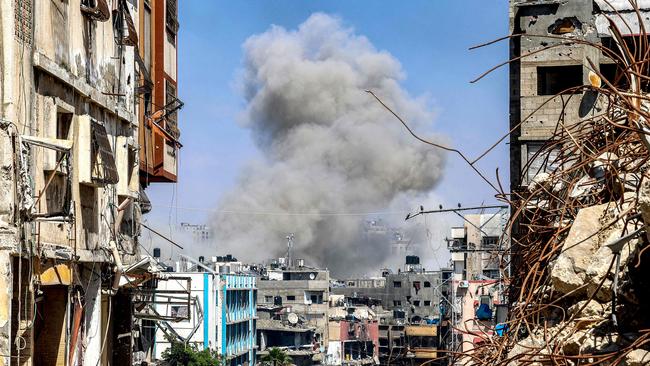
The corollary is that Israel appears to be far from achieving Netanyahu’s aim of total victory. Whether Israel proceeds with a full-scale attack on Rafah or not, Hamas is likely to survive and persist in other areas of the strip, according to current and former Israeli military officials, and U.S. intelligence estimates.
“We will not stop until we bring about the collapse of the Hamas terror regime. We will exact revenge from those who perpetrated the attack, till the very last one of them,” Netanyahu said Monday, referring to Hamas’ October 7 attack.
The Israeli Prime Minister’s office declined to comment on Hamas’s re-emergence in Gaza.
Adding to the challenges, Hamas’s top leader in Gaza, Yahya Sinwar, who ordered the October 7 attacks that killed 1200 people, mostly civilians, according to Israeli authorities, has managed to outlast the Israeli offensive by hiding in the group’s tunnels underneath Gaza. The tunnel network has proved more extensive than expected and has posed a particular challenge for the Israeli army, which has tried to clear them using explosives after having earlier tried fl ooding them with seawater.
Reflecting the group’s belief that it can survive the war over the long term, Sinwar has relayed messages to mediators in ceasefire talks that Hamas is prepared for battle in Rafah and that Netanyahu’s belief that he can dismantle Hamas is naive.
“He always wanted to show Hamas was still in command and that they have not abandoned the battlefield and can go on for months, if not years,” an Arab negotiator said of Sinwar.
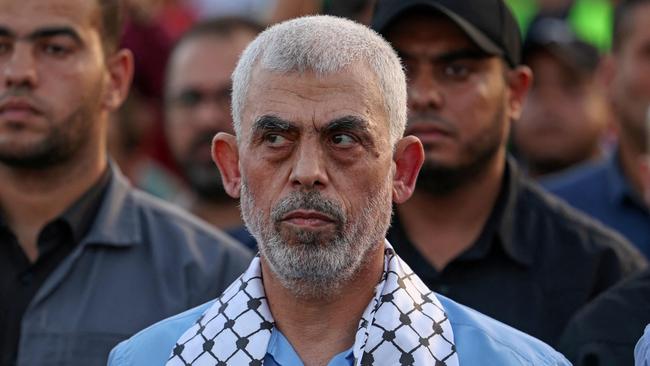
Hamas has used its tunnels, its fighters and stockpiles of weapons to transition back into a guerrilla fighting force from a group that had acted as the government of the Gaza Strip since winning a parliamentary election in 2006 and launching a military takeover in 2007.
The shift reflects a return in part to the group’s roots as a group that organised opposition to the Israeli military occupation of the West Bank and Gaza during the first Palestinian intifada, or uprising, in the 1980s. In the current war, that means using hit-and-run tactics and operating in smaller groups of fighters, according to security analysts and witnesses in Gaza.
The group has shown no sign of being reluctant to fight. Israel warned during the last round of ceasefire talks that if progress wasn’t made, it would go into Rafah, where more than one million displaced Palestinians were sheltering, seeking to pressure Hamas into softening its demands. Hamas officials told negotiators that they have already shown enough flexibility to reach a ceasefire and that Netanyahu’s threats about invading Rafah wouldn’t make them blink.
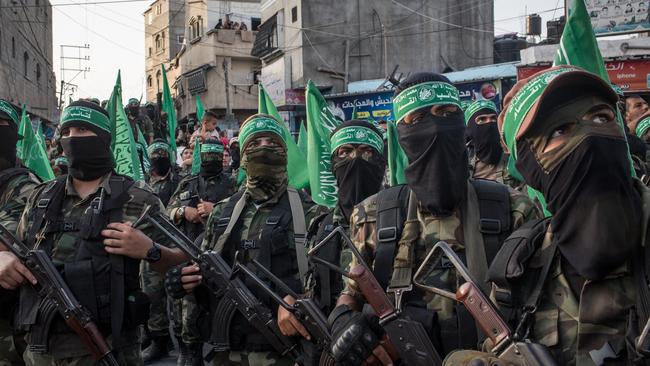
“Israel has been threatening to attack Rafah and saying they should finish their operation there,” senior Hamas official Moussa Abu Marzouk said in an interview with the Dubai-based channel MBC on May 6. “Who’s stopping you? Go ahead, carry out your attack and finish your job.” At key moments in ceasefire negotiations, Sinwar has sometimes opted to start shooting, the Arab negotiator said. A recent round of talks faltered as Hamas attacked a crucial border crossing for humanitarian aid, killing three Israeli soldiers.
More than 35,000 people have been killed in Gaza since the start of the war, most of them civilians, according to Palestinian officials. The number doesn’t differentiate between Hamas fighters and civilians.
When Israel invaded northern Gaza last year in response to Hamas’s October 7 attacks, Israeli military officials said they were instructed to clear areas of the strip of Hamas operatives, starting in northern Gaza Strip, without a plan for who would take control of those areas once Israeli forces withdrew. Israel pulled much of its forces from northern Gaza earlier this year as it shifted to operations in central and southern Gaza, leaving an opening for Hamas to reassert its influence.
Some Israeli security officials and analysts have blamed Netanyahu’s government for not coming up with a plan for an authority that would replace Hamas. Others have questioned whether it would have been possible to impose an alternative Palestinian government in the midst of the war when Hamas has threatened to attack anyone collaborating with the Israeli military.
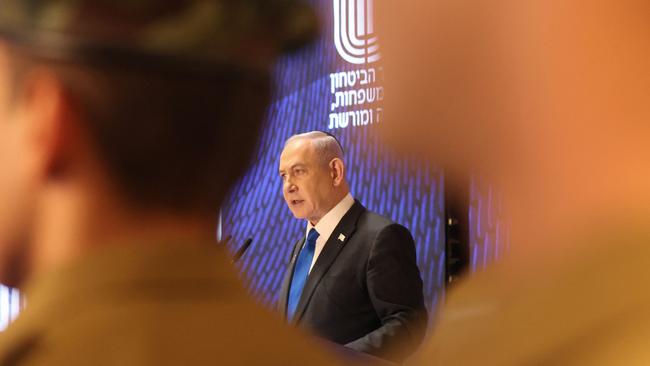
“With regard to what will replace Hamas, there is no doubt that an alternative to Hamas creates pressure on Hamas, but this is a question for the political echelon,” Israeli military spokesman Daniel Hagari said Tuesday.
Jabalia was one of the areas where Israel sent forces in recent days to again clear it of Hamas fighters. The Israeli military previously said that it had broken the group’s command structures throughout northern Gaza.
U.S. officials said they were concerned about the Israeli military’s need to return north, noting that the Biden administration has long sought a post-war governance plan. The renewed fighting shows the military didn’t do enough for Palestinians living there, giving space for Hamas and other militants to return, a U.S. defence official said.
Netanyahu has rejected working with the West Bank-based Palestinian Authority in Gaza, accusing the authority of supporting Palestinian militant groups.
Hamas hasn’t given up its role as a de facto ruling authority in parts of Gaza, sending its operatives in without uniforms. Israeli officials view Hamas as reasserting its influence through police and civil defence bodies that are under the control of the Hamas-led interior ministry. The group also persists as a social movement.
“Even if you erode the terror activity, still you have the societal structures, the sense of Islamic brotherhood, the ideological and religious elements,” said Major General Tamir Hayman, a former head of Israeli military intelligence. “That’s not something that can be rooted out.”
—Anat Peled and Nancy A. Youssef contributed to this article.
The Wall Street Journal



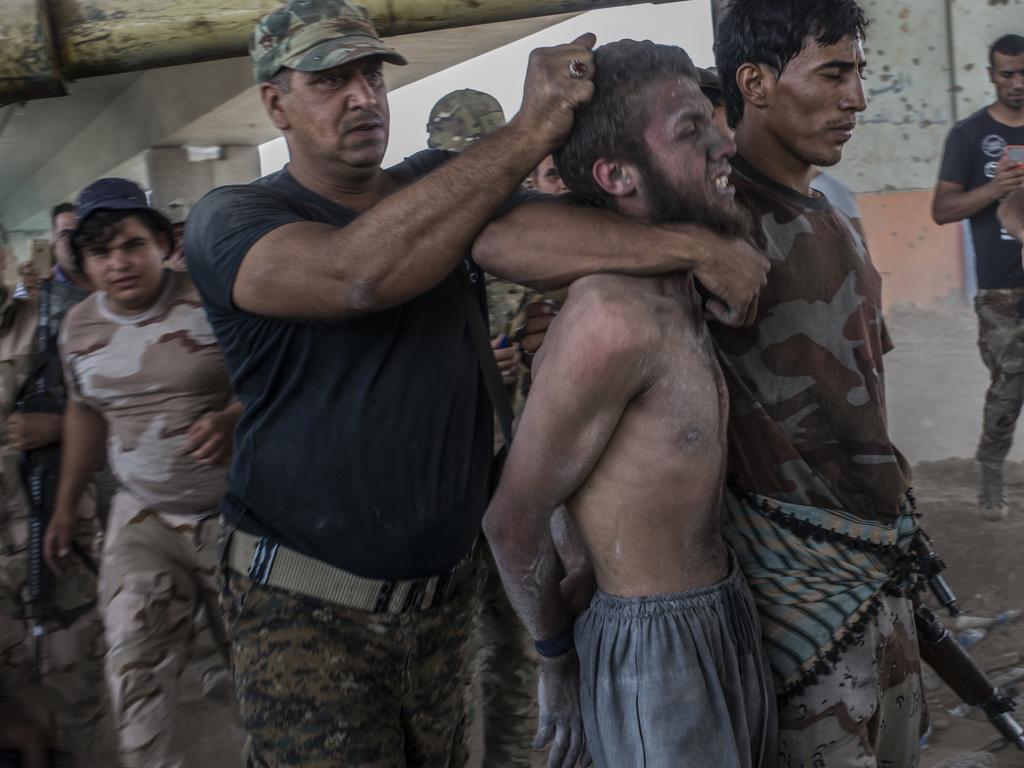
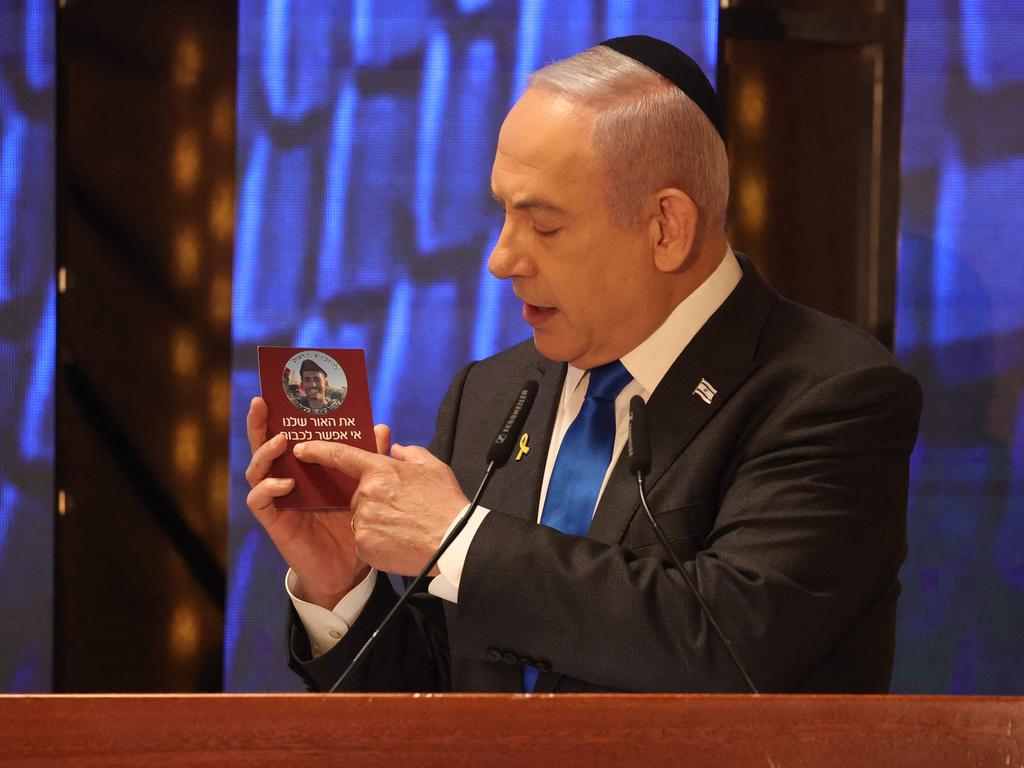
To join the conversation, please log in. Don't have an account? Register
Join the conversation, you are commenting as Logout